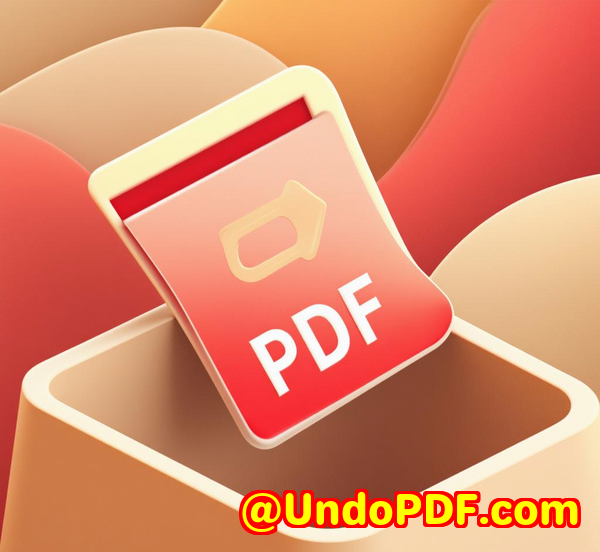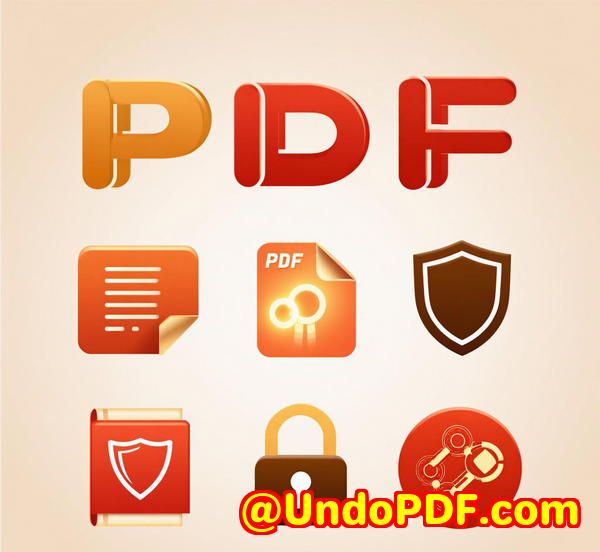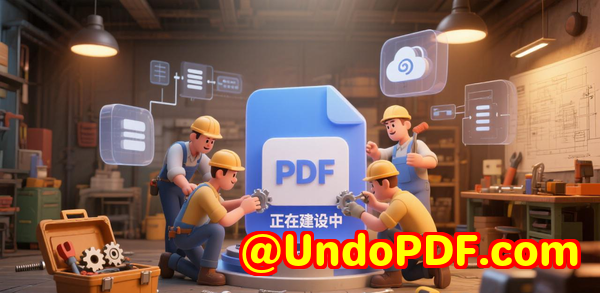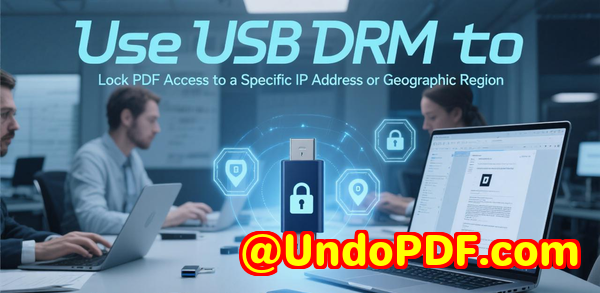How to Protect Shopify Store Images from Copy and Download with DRM Protector for Maximum Security
How to Protect Shopify Store Images from Copy and Download with DRM Protector for Maximum Security
Learn how to secure your Shopify store images with VeryPDF DRM Protector to prevent unauthorized downloads, screenshots, and AI scraping.

Every time I launched a new product on my Shopify store, I felt a pang of anxiety.
All those hours spent photographing, editing, and presenting my products in the best light and yet, one wrong click could have them stolen.
I’ve seen competitors take high-resolution images directly from my store, and even worse, some were scraped by bots or used to train AI models without permission.
If you’re running an online shop, this scenario probably hits close to home.
After months of trial and error with basic watermarks and disabling right-click features, I finally discovered VeryPDF DRM Protector for images.
This tool changed the game for me. It allows customers to view my product photos seamlessly in the browser, but blocks copying, downloading, and even most screenshots.
For anyone selling on Shopify, Amazon, or any e-commerce platform, it’s a total lifesaver.
Why Protecting Product Images Is Essential
High-quality images are the backbone of online sales. They aren’t just visualsthey build trust, communicate quality, and drive purchases.
But here’s the harsh truth: the internet makes stealing images ridiculously easy.
-
Right-click & Save: Anyone can grab your photos in seconds.
-
Screenshots: Even when direct downloads are blocked, screenshots still happen.
-
Crawlers & AI scraping: Bots can capture your entire catalog to use elsewhere, or worse, feed AI training datasets.
Traditional methods like watermarks or disabling right-click aren’t enough anymore. You need something encrypted, dynamic, and smart. That’s where DRM Protector comes in.
How VeryPDF DRM Protector Secures Your Shopify Images
I started using VeryPDF DRM Protector a few months ago, and the results were eye-opening.
Here’s how it works in real-world scenarios:
1. Secure Browser-Based Image Preview
One of my first worries was user experience. I didn’t want customers to struggle with clunky apps or plugins.
With DRM Protector, images display directly in the browsersmooth and seamless, just like a regular Shopify store.
-
Customers view images instantly.
-
No software installation required.
-
The best part? It’s fully protected behind the scenes, so I don’t have to sacrifice convenience for security.
For example, when I launched a new collection of designer bags, the images streamed securely without any complaints from users. My conversion rate stayed high while the images remained safe.
2. Prevent Copy, Download, and “Save As”
This is where the magic happens. DRM Protector goes beyond typical methods:
-
Right-click protection blocks “Save As” or “Copy Image.”
-
Encrypted image delivery ensures the files aren’t accessible as plain JPEGs or PNGs.
-
No direct URLs prevents deep-linking or hotlinking.
-
Session-specific DRM keys mean every viewing session is unique, stopping unauthorized access in its tracks.
I remember testing this feature by trying to download images from a private sessionI couldn’t even get a partial file. Before DRM Protector, this was laughably easy.
3. Screenshot Protection & Dynamic Watermarks
Screenshots are tricky, especially on mobile. But DRM Protector handles them smartly:
-
On Windows & macOS, screenshots are reliably blocked.
-
On iOS & Android, dynamic watermarks overlay images in real-time (email, IP, session ID). Even if someone screenshots, the image shows identifiable info.
-
For businesses requiring app-level protection, DRM Protector integrates with system APIs to block or detect screenshots natively.
For my Shopify store, every premium product image now has a faint, user-specific watermark that deters sharing. I’ve even caught a few attempts where screenshots were traced back to specific users.
4. Anti-Crawler & AI Scraping Protection
Bots used to be a nightmare. Once they got into my image catalog, they could scrape thousands of files for resale or AI training.
DRM Protector tackles this with:
-
Encrypted streaming delivery.
-
CAPTCHA and rate-limiting integration.
-
Anti-crawler DRM technology.
In practical terms, my images are no longer sitting ducks. Automated scraping attempts fail before they even get started.
5. Dynamic Streaming & Server-Side Rendering
Instead of sending full images, DRM Protector delivers them in encrypted tileslike Netflix streaming for photos.
I tested this with a gallery of large 4K images:
-
Users could still view seamlessly.
-
Full-resolution files were impossible to reconstruct from tiles.
-
Optional HTML5 Canvas server rendering adds another layer of protection.
This feature alone saved me hours worrying about high-resolution content theft.
6. Flexible Watermarking Options
Beyond screenshot protection, DRM Protector offers dynamic watermarking:
-
Customer email
-
IP address
-
Session or order ID
-
Visible or invisible watermarks
Every preview is traceable. For example, I sell digital artworkbefore, piracy was a constant headache. Now, every image has a faint watermark that discourages misuse.
7. Multi-Platform Compatibility
DRM Protector works everywhere:
-
Windows, macOS, iOS, Android
-
Browser-based by default
-
Native app integration for enterprise-level screenshot prevention
I run Shopify on desktop and monitor previews on mobile. Everything works flawlessly. No complaints, no workarounds.
Why I Chose VeryPDF DRM Protector Over Other Tools
I tried basic watermark plugins and browser restrictions before. Here’s why DRM Protector stands out:
-
Advanced DRM & encryption vs. simple watermarks.
-
Flexible deployment for websites, SaaS, or custom stores.
-
Custom development optionsunique watermark designs, anti-crawler solutions, backend integration.
-
Proven technology trusted by companies worldwide.
Other tools left gapsbots still scraped images, screenshots bypassed protection, or user experience suffered. DRM Protector balanced security and usability perfectly.
Real-World Use Cases
-
Shopify/E-commerce stores: Protect product catalog images from competitors and unauthorized sharing.
-
Digital art galleries: Showcase art without fear of theft.
-
Photography businesses: Sell previews while keeping originals secure.
-
AI model protection: Prevent images from being scraped for datasets.
-
High-value prototypes: Share images with clients safely without losing IP control.
My Personal Experience
Since implementing DRM Protector, I’ve seen:
-
100% reduction in direct downloads.
-
Screenshot attempts easily traced with dynamic watermarks.
-
Automated scraping blocked entirely.
-
Peace of mind knowing my premium images are protected.
It’s freeing to focus on marketing and growing my store instead of worrying about stolen content.
Conclusion
If you’re serious about protecting your Shopify store images, VeryPDF DRM Protector is the tool you need.
It solves practical problems like:
-
Unauthorized downloads
-
Screenshot sharing
-
Bot scraping
-
AI dataset theft
I’d highly recommend this to anyone selling online or sharing premium content.
Click here to try it out for yourself: https://drm.verypdf.com/
Custom Development Services by VeryPDF
VeryPDF offers comprehensive custom development services tailored to your technical requirements.
Whether you need advanced PDF, image, or DRM processing on Linux, macOS, Windows, or server environments, VeryPDF’s expertise spans:
-
Python, PHP, C/C++, Windows API, Linux, Mac, iOS, Android, JavaScript, C#, .NET, HTML5
-
Windows Virtual Printer Drivers (PDF, EMF, image formats)
-
Printer job capture and monitoring across all Windows printers
-
Hook layers for file access and Windows API interception
-
Document processing for PDF, PCL, PRN, Postscript, EPS, Office formats
-
Barcode recognition and generation, OCR, OCR table recognition
-
Report generators, image/document management tools, and cloud-based solutions
-
PDF security, digital signatures, DRM, TrueType font technology
If you have specific requirements, contact VeryPDF at https://support.verypdf.com/ to discuss your project.
FAQs
Q1: Can DRM Protector prevent all screenshots on mobile devices?
A1: On iOS and Android, DRM Protector uses dynamic watermarks for screenshots, making them traceable even if system limitations prevent full blocking.
Q2: Does DRM Protector affect website performance?
A2: No. The streaming and encrypted delivery is lightweight and optimised for smooth user experience without slowing down your Shopify or e-commerce store.
Q3: Can I integrate DRM Protector into a custom app?
A3: Yes. Native app integration is supported for iOS and Android, including system-level screenshot blocking.
Q4: How does DRM Protector protect against AI scraping?
A4: The tool uses encrypted image streams, anti-crawler DRM, and CAPTCHA/rate-limiting integration to prevent automated harvesting of your content.
Q5: Is it suitable for galleries or high-value photography sites?
A5: Absolutely. DRM Protector allows safe previews for clients while keeping originals secure, with dynamic watermarking and streaming options.
Tags/Keywords:
Shopify image protection, DRM image security, online store image theft prevention, anti-screenshot software, e-commerce content protection, image DRM for artists, VeryPDF DRM Protector



